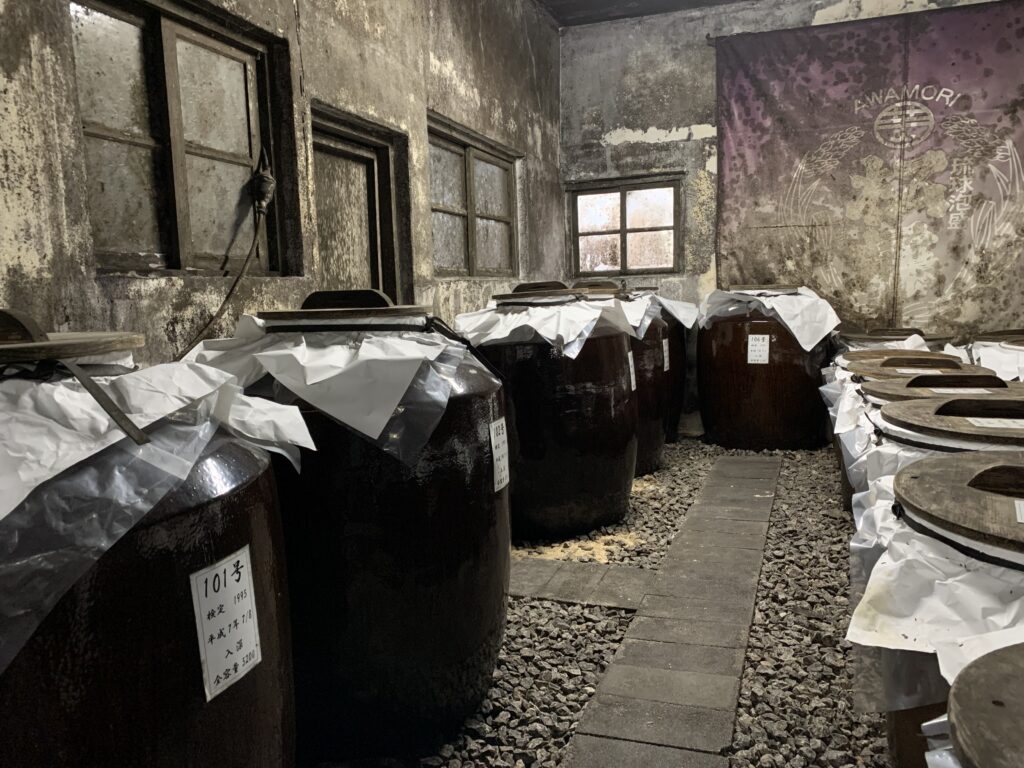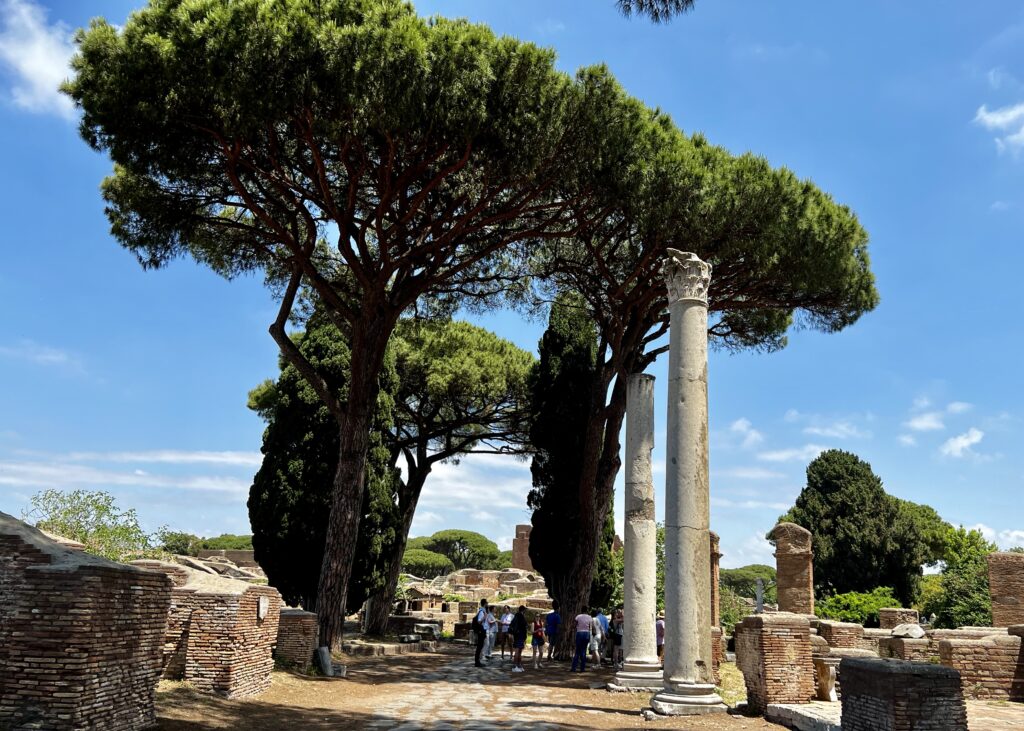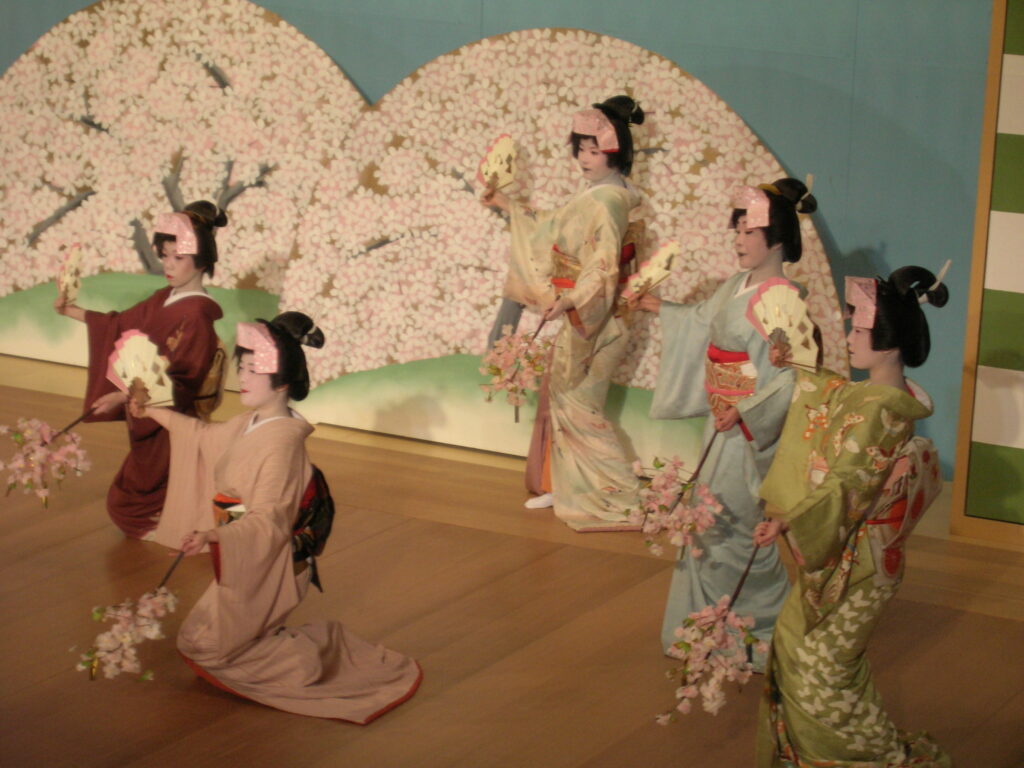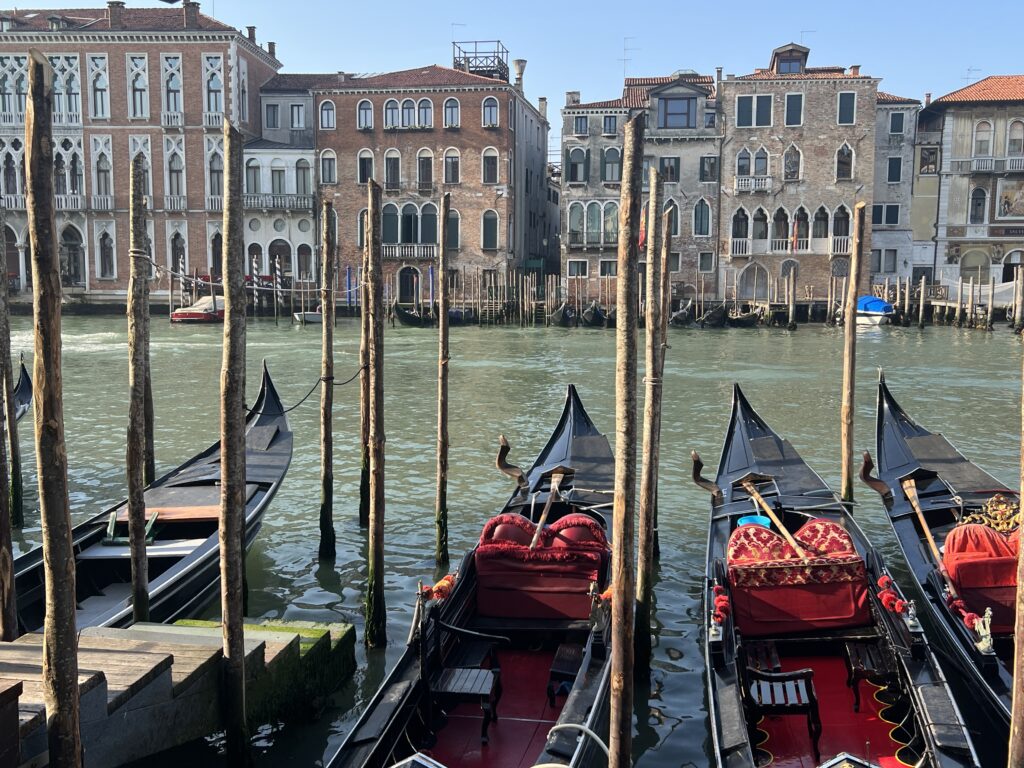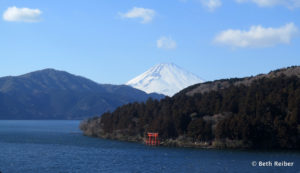I’ve been to Argentina twice, beguiled by the hip European-like vibe of Buenos Aires, stunned by massive Iguazu Falls and charmed by the laid-back atmosphere of Mendoza wine country. So it’s hard to reconcile the country I admire with Argentina’s reign of terror—the years from 1976 to 1983 when a military junta ruled with violence to eradicate organized activism and grassroots protest. An estimated 30,000 people, most of them in their 20s and 30s, were murdered or simply vanished as one of the “disappeared.”
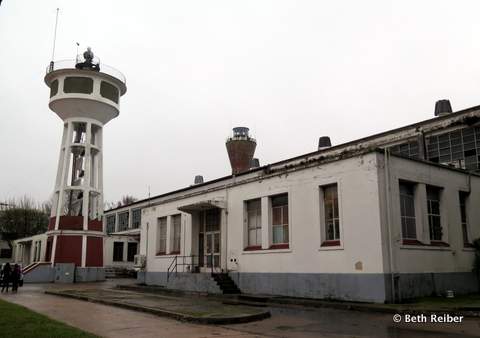
During Argentina’s reign of terror, I was the same age as most of the disappeared, first as a university journalism student and then as a freelance travel writer living in Germany and having the time of my life. Maybe that’s why it hit me so viscerally when the story broke all those decades ago and I read about it, probably in Der Spiegel. I remember thinking that if I had been a journalist in Argentina, life could have turned out drastically different.
Remembrance and Human Rights Center
And so on my second visit to Argentina, I decided I needed to visit the Remembrance and Human Rights Center, located north of downtown Buenos Aires in the former Escuela de Mecanica de la Armada (ESMA). Originally built to train and house junior offices in the navy, ESMA was one of the largest of more than 700 clandestine detention centers operated by the military dictatorship, with more than 5,000 victims passing through its revolving doors to death.
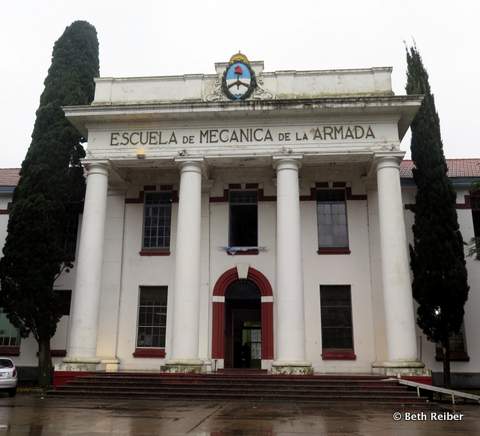
It’s a stark, ugly compound typical of military facilities, its few attempts at pompous grandeur middling beside squat nondescript buildings. The complex, enclosed by a forbidding, iron fence meant to keep inquisitive minds at bay, is located, ironically, on Avenida del Libertador (Avenue of the Liberator). More than a dozen buildings now house organizations tied to the mission of the Remembrance and Human Rights Center, including one for the Mothers of Plaza de Mayo, mothers of the disappeared who have gathered at the capital’s Plaza de Mayo in front of federal government headquarters every Thursday since 1977 to demand information about their sons and daughters. Another building is for the human rights organization Abuelas de Plaza de Mayo, grandmothers searching for their pregnant daughters or grandchildren born in captivity. It’s estimated that more than 500 babies born to detained women were taken by the military and adopted by regime families and friends. More than a fifth of them have since been found and identified, many of them rejoining their birth family.
Memorial Museum
But it’s the former Officer’s Club, now the Museo Sitio de Memoria ESMA (ESMA Memory Site Museum) that’s the biggest draw. Originally built for the recreation and rest of the officers, it was here that kidnapped men and women were brought, held, tortured and eventually assigned for extermination during Argentina’s reign of terror. They were from all walks of life: students, artists, journalists, social activists, professionals, and members of trade unions, religious orders and grassroots revolutionary organizations. Some were working to undermine the government. Others were just unlucky.
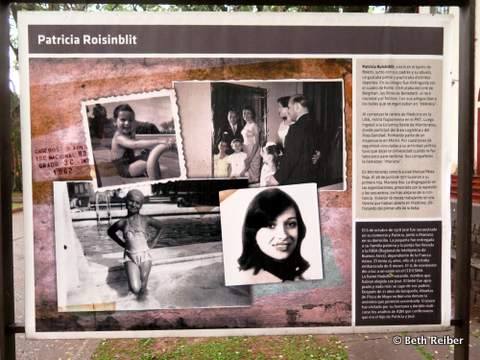
They spent their captivity in the attic, prone on the floors, shackled, hooded and forbidden to talk to the other captives around them. They were tortured, mostly by electric prods applied to their genitals, in attempts to get more names of people who could be kidnapped and killed. Their property was confiscated, whether it was just clothing and personal effects or a house or a business, while children born in captivity were separated from their mothers for illegal adoptions. When authorities were done with their victims, they dropped them alive by plane or helicopter into the Rio Plata or the ocean.
The museum is mostly empty, with displays that somberly describe the horrors that took place here, provide excerpts from survivors’ testimonies, chronicle events that took place during the military dictatorship, and list heartbreaking missed opportunities for alerting the world to the atrocities taking place within its walls (the 1978 World Cup, for example, was played at a stadium within earshot of the prison). On the ground floor is, chillingly, an apartment where the head officer lived with his family including children, as though it were the most normal thing in the world.
After the Reign of Terror
Although free elections and a return to democracy in 1983 brought an end Argentina’s reign of terror, it has been a long road to recovery, if that’s even possible. Although the 1985 Trial of the Juntas, which included testimony from ESMA survivors, led to convictions of leading officers, the military strong-armed congress into passing the Full Stop Law in 1986, which ended prosecution of crimes, followed a year later by the Law of Due Obedience, which maintained that military personnel involved in torture were simply doing their jobs and therefore could not be prosecuted. The two laws weren’t repealed until 2003, which finally led to the convictions of government and military leaders.
Although ESMA and its grounds were slated for demolition, protests led by relatives of the disappeared and human rights activists finally obtained it for the Museum of Remembrance in 2000. But I find it incongruous that in a corner of the complex sits the Museo Malvinas, dedicated to the Falkland Islands. Although mostly a natural history museum with displays about the islands’ fauna and flora, for me it has a whiff of glorification for the 1982 short-lived invasion by the Argentinian military, the very government responsible for so much suffering just a few buildings away.
Needless to say, a visit to ESMA is admittedly grim, not unlike visits to former Nazi concentration camps like the one in Dachau, to Wounded Knee Battlefield, or to the Museum of Memory and Human Rights in Santiago, which chronicles Chile’s own reign of terror under General Augusto Pinochet from 1973 to 1990. They are all stark reminders of what happens when a government fears its own people, whether dissidents or simply those who are different.
For less somber readings on Argentina, see Feria de Mataderos Celebrates Argentine Gaucho Culture, Buenos Aires Loves its Dogs, Buenos Aires–Europe with a Latin Beat, and Falling for Iguazu Falls, as well as Discover Mendoza Wine Region, below:
